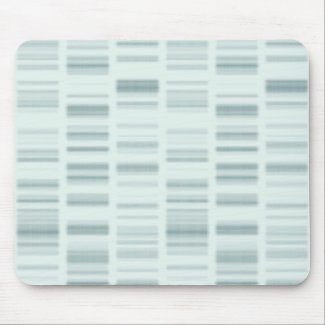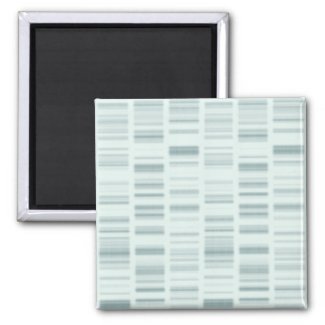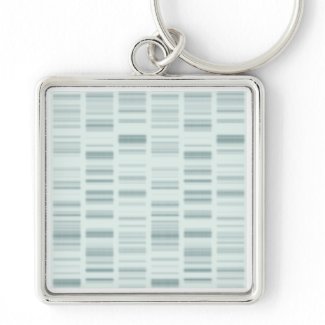Featured Design: DNA Profiles
Perfect or a science teacher or anyone else with an interest in biology, genetics, or forensic science.
Here’s how DNA profiling is done:
- Specimens are collected from the crime scene. Anything can be used to extract DNA: Hair, blood, bodily fluids, etc. In some cases, victims may have scratched their attackers, in which case skin cells can be extracted from underneath the victim’s fingernails in order to identify the criminal
- The DNA needs to be isolated and cut so that it can be matched against other samples. Special enzymes recognize patterns in the DNA and cut the strand
- In a process called electrophoresis, the strands are then placed on a gel where they are separated an electric current passed through it.







